Is the new Google Pixel 9 Fold Pro the ultimate do-it-all device?
Google's Pixel 9 Pro and Pixel 9 Fold Pro go head to head in our hands-on test of the latest generation of AI-infused smartphones

Should you switch to a folding phone? Google’s annual deluge of new product – the ninth iteration of its Pixel phone series – marks the arrival of a better, more sorted Pixel Fold. At the same time, the standard Pixel line-up has also expanded, with a new Pixel 9 Pro XL taking the top slot.

Inside and out: Google Pixel 9 Pro Fold
We’ve road-tested both the regular Pixel 9 Pro and the Pixel 9 Pro Fold. The latter is a definite step on from the original Google Pixel Fold, even if it shares that device’s extremely high price. It’s thinner, lighter, longer-lasting and now comes with Google’s much-vaunted AI assistance, an integral part of this current generation of Pixel phones (and watch and earbuds).
Google Pixel 9 Pro Fold vs Pixel 9 Pro: which is right for you?

Flat out: Google Pixel 9 Pro Fold
Despite the epic internal screen, the new Fold is only a smidgen thicker that the Pixel 9 Pro and a few millimetres wider, an impressive feat of miniaturisation. As before, the hinged screen is the weak point; anecdotal evidence regarding the previous generation suggested it was marginally more delicate than a regular smartphone and that any failures were more catastrophic. It is theoretically repairable, nevertheless, with industry leader iFixit offering a comprehensive set of parts and instructions for its predecessor, so expect new guides soon.

Open up: Google Pixel 9 Pro Fold
The Fold certainly spoils you – once you've used one for a bit, it's hard to go back to a ‘regular’ screen, especially for watching videos and editing photographs. Pair it with a compact Bluetooth keyboard and you have an ultra-compact, albeit pricey laptop. You can even angle the screen to 90 degrees and expand a keyboard across the lower half, creating an even tinier laptop substitute.

Google Pixel 9 Pro Fold (surely Barbie has her own phone?)
A folding smartphone can effectively be used just like a regular device most of the time: the party-trick screen expansion only needs to come out when it's absolutely necessary, not just as an embarrassing flex. Indeed, the vast majority of people won't even notice that you’re using a folding phone, as the design is so well integrated, with its smart and sturdy steel hinge. Unless you're a perennial show-off, they can stay in the dark.
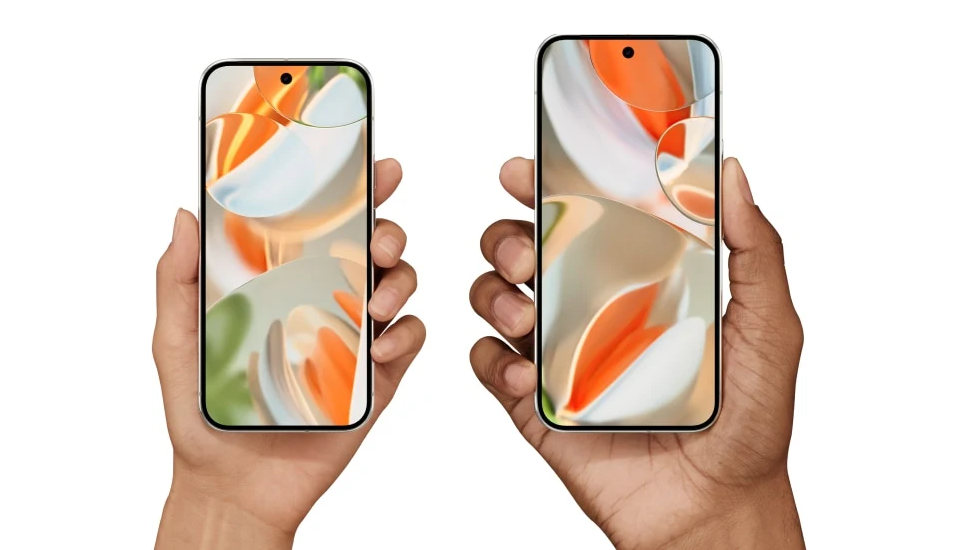
Google Pixel 9 Pro vs Pixel 9 Pro XL
If the added functionality and scale feels completely superfluous, how does the new Google Pixel 9 Pro stack up in comparison? As mentioned, the Pixel range has grown somewhat with the introduction of another size, the Pixel 9 Pro XL, which becomes the top tier (non-folding device). With a 6.8in screen, the 9 Pro XL is bigger than the old Pixel 8 Pro (6.7in) – the new Pixel 9 Pro is now shrunk down to a 6.3in screen. This is the same size as the new entry-level Pixel 9, which lacks some of the features and camera functions of the Pro models.
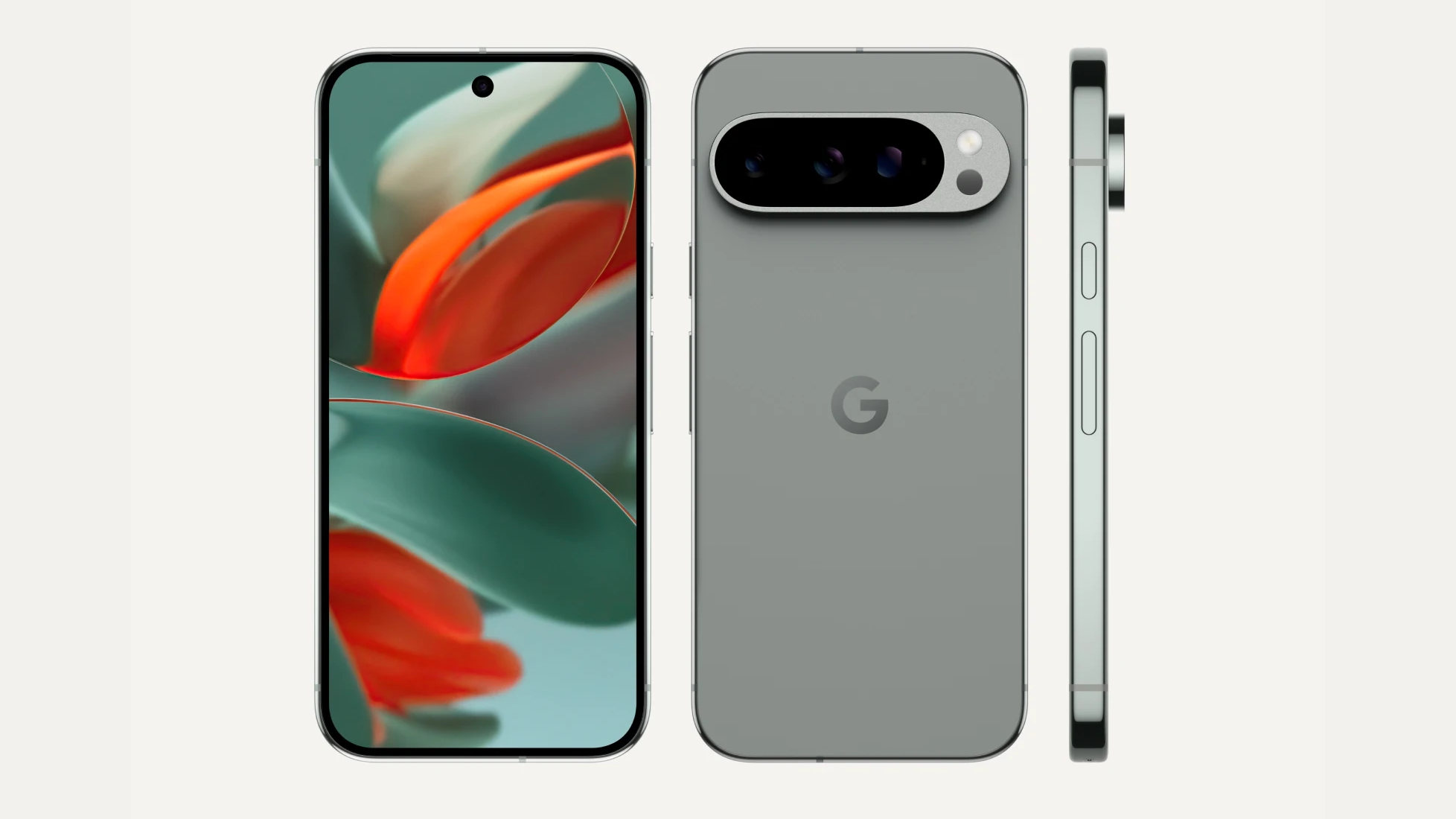
Class leader: Google Pixel 9 Pro
We road-tested the Pixel 9 Pro, and although the size deflation was initially a bit jarring after the relentless but subtle year-on-year growth of smartphones, it’s actually quite refreshing to take a physical downgrade. Nothing else about this phone is a step down, however, apart from the battery size (the Pixel 9 Pro XL has a 5060mAh battery, equivalent to the old Pixel 8 Pro, whereas the smaller Pixel 9 Pro makes do with a 4700mAh battery). Box-fresh phones have box-fresh batteries, and it’s only six-to-eight months down the line that you start paying attention to battery life.
Receive our daily digest of inspiration, escapism and design stories from around the world direct to your inbox.

Raising the bar: Google Pixel 9 Pro
The big question is whether the combination of a new chip (Google’s own Tensor G4) and a massively increased reliance on power-hungry AI computing will sap the battery at a faster rate than ever before. Naturally, this depends on how much you wish to rely on the powers of Gemini. Google wants you to go all-in, having spent the past 18 months or so preparing the market for Gemini’s capabilities as a smart digital assistant that replaces a traditional search engine.

Google Pixel 9 Pro
‘Our ultimate goal [is to make] AI helpful for everyone,’ the company claims and in the short term the benefits are placed squarely on photography, more of which later. However, Gemini also operates as an overlay on regular apps (with permission), adding a layer of automated suggestions and search functions. All new Pixel Pros also come with 12 months of Gemini Advanced, a subscription-only service that adds more depth and breadth to the responses, together with Gemini Live.
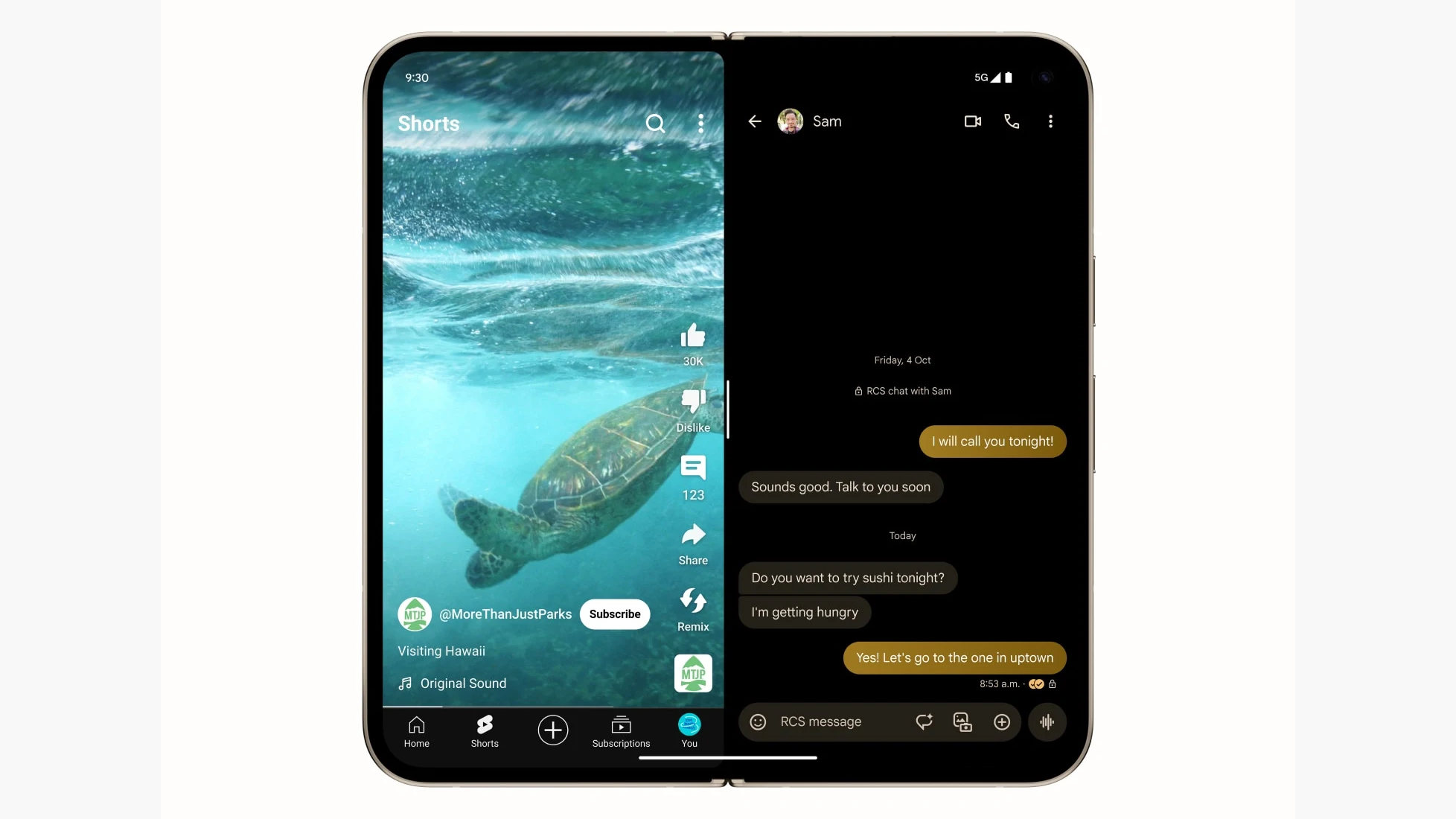
Google Pixel 9 Pro Fold
Consider the latter as a search engine you talk to, with excellent voice recognition and the ability to splice together several different strands of information in a coherent, conversational way. Apart from a few superficial chats about the weather, and asking it to do a couple of sums, we’ve barely scratched the surface of what Gemini can do. Google clearly believes the current strain of AI is most valuable in assistant form, rather than as a content generator.
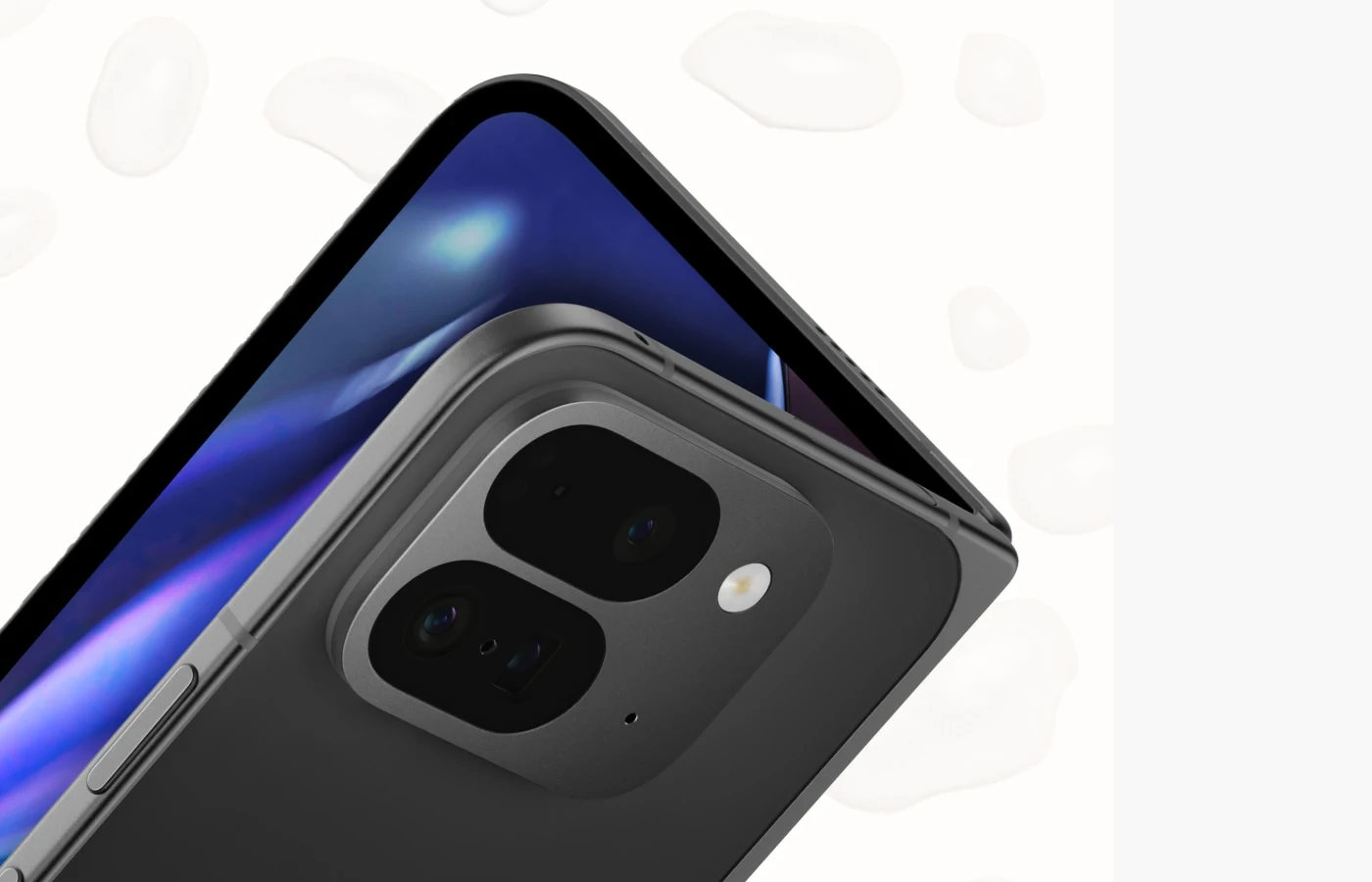
Google Pixel 9 Pro Fold
With that in mind, both devices also give you Pixel Studio, Google’s AI-powered image creation app, now with the newest Imagen 3 engine. Google’s generative AI came under fire earlier in the year when it was found to be an enthusiastic creator of various offensive images, thanks to some malicious prompters.
You’re either an enthusiastic fan of generative AI or consider it to be a mortal enemy of creation; in our experience, it’s a novelty experience that swiftly tips into banality. Proponents claim that the tech is improving all the time, but to what end? We asked Pixel Studio to ‘show me an accurate image of a Google Pixel 9 Pro Fold smartphone open on a desktop’, and this is what we got (below). The lack of self-awareness is surprising and also a little bit concerning.

Self portrait: Pixel Studio's inaccurate image of a Google Pixel 9 Pro Fold
The Pixel range is now broader than ever, with a flagship device that might just change the way you use your mobile. It’s still a very intentional experience opening up a folding phone, more akin to getting a laptop out and doing some serious work rather than just noodling about on a handset. If that appeals, then consider the Google Pixel 9 Fold Pro as your new pocketable powerhouse. If straightforward smartphone use is more your thing, then the new Pixel 9 Pro is the best new phone around.

The real deal: Google Pixel 9 Pro Fold
Google Pixel 9 Pro 128 GB, £999, Store.Google.com
Google Pixel 9 Pro Fold 256 GB, £1,749, Store.Google.com
Jonathan Bell has written for Wallpaper* magazine since 1999, covering everything from architecture and transport design to books, tech and graphic design. He is now the magazine’s Transport and Technology Editor. Jonathan has written and edited 15 books, including Concept Car Design, 21st Century House, and The New Modern House. He is also the host of Wallpaper’s first podcast.
-
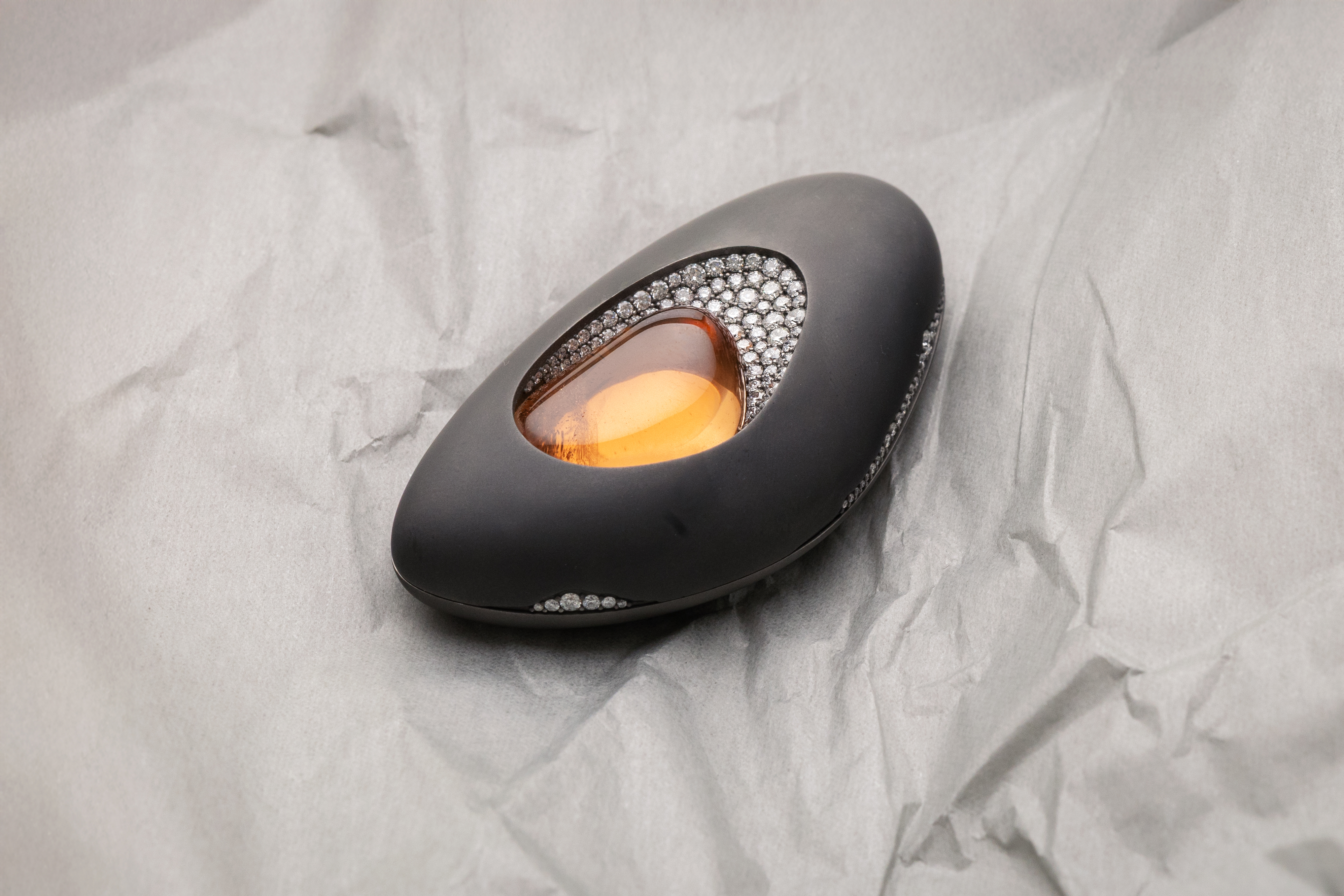 Discover the cool and offbeat designs of jeweller Inesa Kovalova
Discover the cool and offbeat designs of jeweller Inesa KovalovaInesa Kovalova's jewellery celebrates a mix of mediums and materials
-
 A group of friends built this California coastal home, rooted in nature and modern design
A group of friends built this California coastal home, rooted in nature and modern designNestled in the Sea Ranch community, a new coastal home, The House of Four Ecologies, is designed to be shared between friends, with each room offering expansive, intricate vistas
-
 Men’s Fashion Week A/W 2026 is almost here. Here’s what to expect
Men’s Fashion Week A/W 2026 is almost here. Here’s what to expectFrom this season’s roster of Pitti Uomo guest designers to Jonathan Anderson’s sophomore men’s collection at Dior – as well as Véronique Nichanian’s Hermès swansong – everything to look out for at Men’s Fashion Week A/W 2026
-
 Inspired by a pebble, the stylish new Alma charger provides pocketable convenience
Inspired by a pebble, the stylish new Alma charger provides pocketable convenienceWhat if technology could quietly allay anxiety and not cause it? That’s the pitch behind new luxury accessories company Addition, starting with its new Alma wireless charger
-
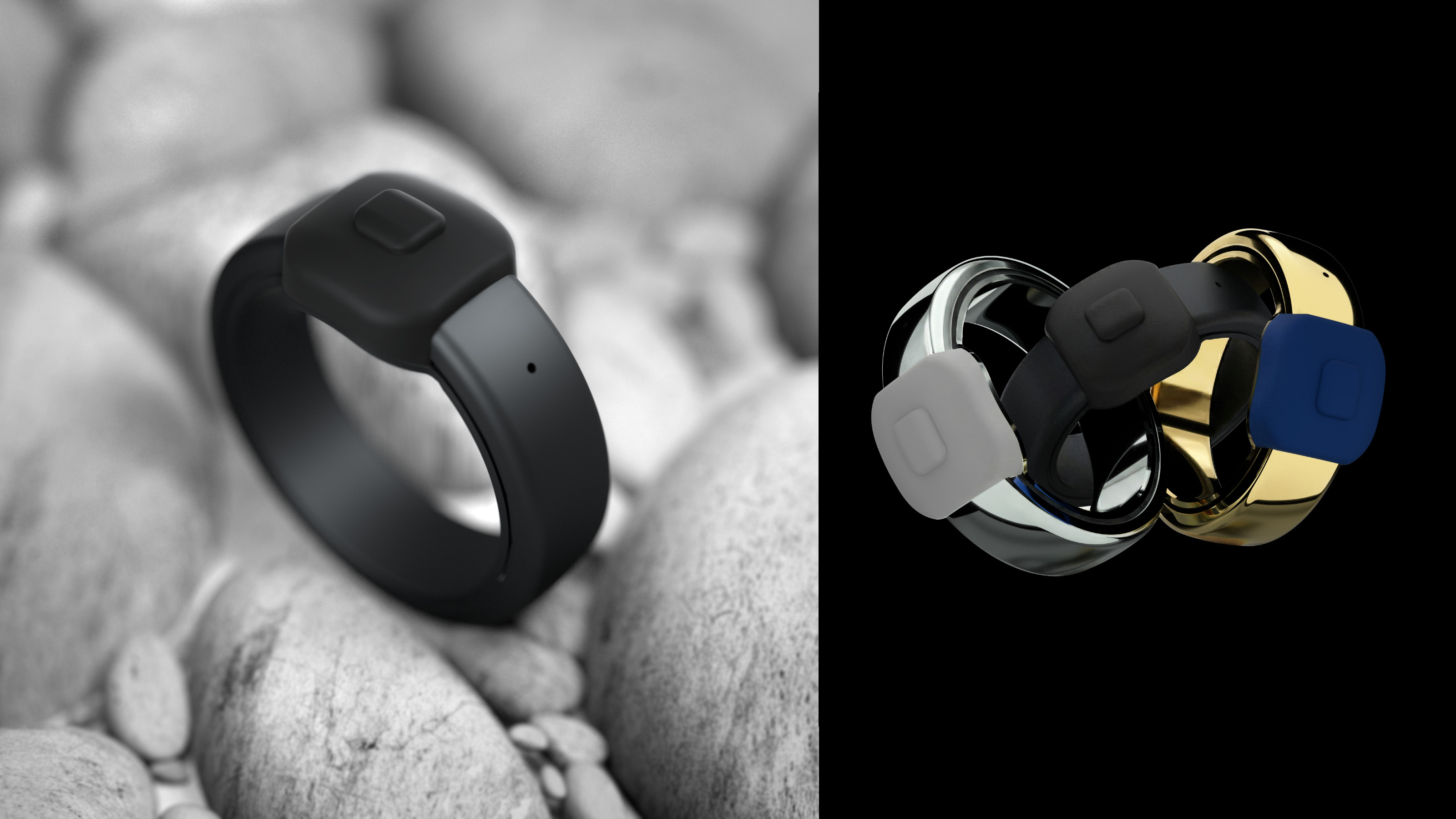 The ring’s the thing as Pebble launches a discreet device for memo-taking, Index Ring 01
The ring’s the thing as Pebble launches a discreet device for memo-taking, Index Ring 01A tiny device with a singular purpose but limitless applications, the Pebble Index 01 is a customisable smart ring for turning mental notes into text
-
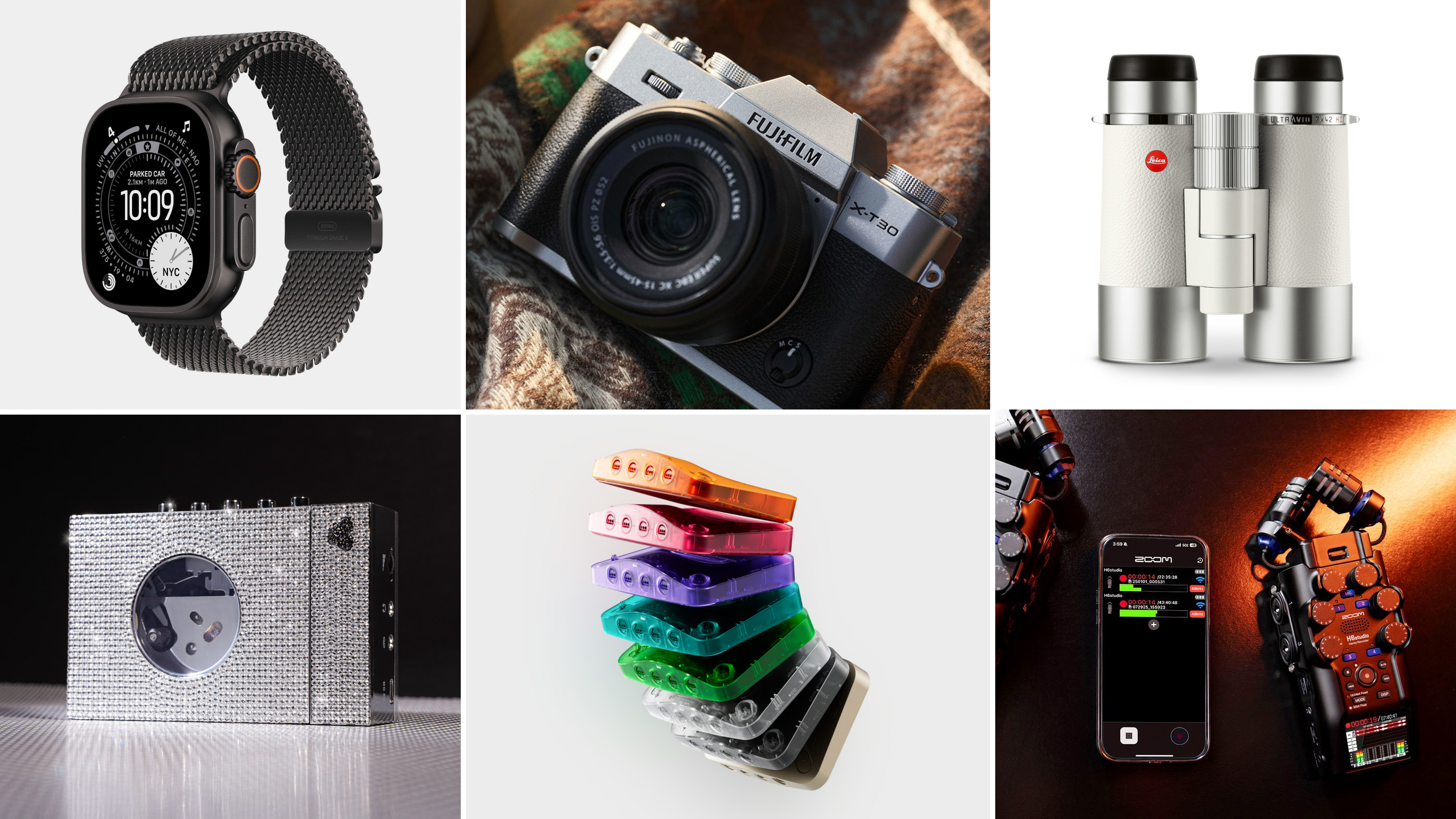 Tech gift ideas: Wallpaper’s Jonathan Bell lists 12 devices to desire this festive season
Tech gift ideas: Wallpaper’s Jonathan Bell lists 12 devices to desire this festive seasonTechnology editor Jonathan Bell delves into the best new releases and most giftable gadgets from 2025, offering up personal favourites as well as a few big hints
-
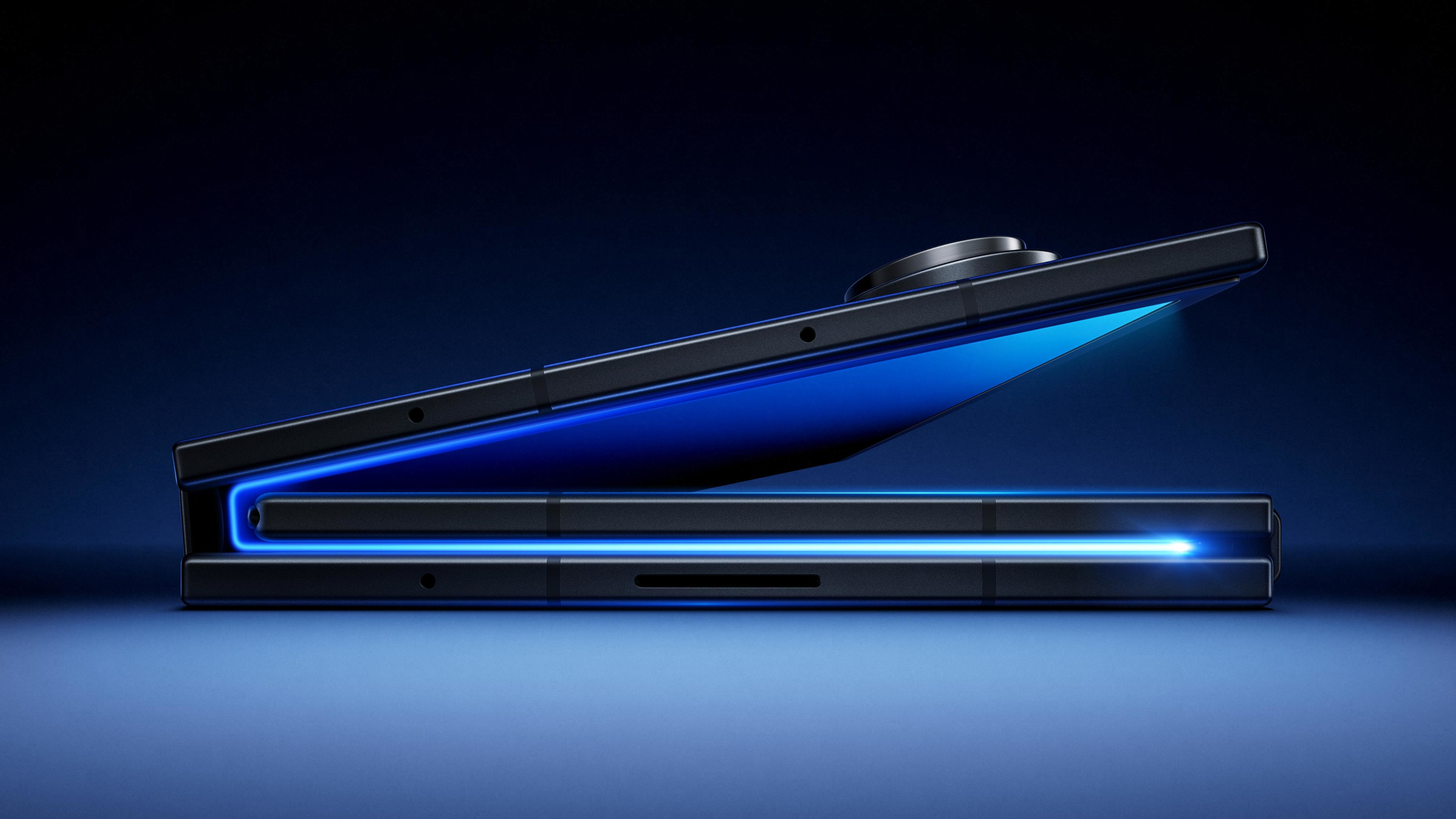 Samsung Galaxy Z TriFold is a pocket tablet that takes folding screens to new extremes
Samsung Galaxy Z TriFold is a pocket tablet that takes folding screens to new extremesSamsung has announced its newest flagship device, the Galaxy Z TriFold. Featuring three folding screens, this ultimate smartphone can transform into a ten-inch tablet
-
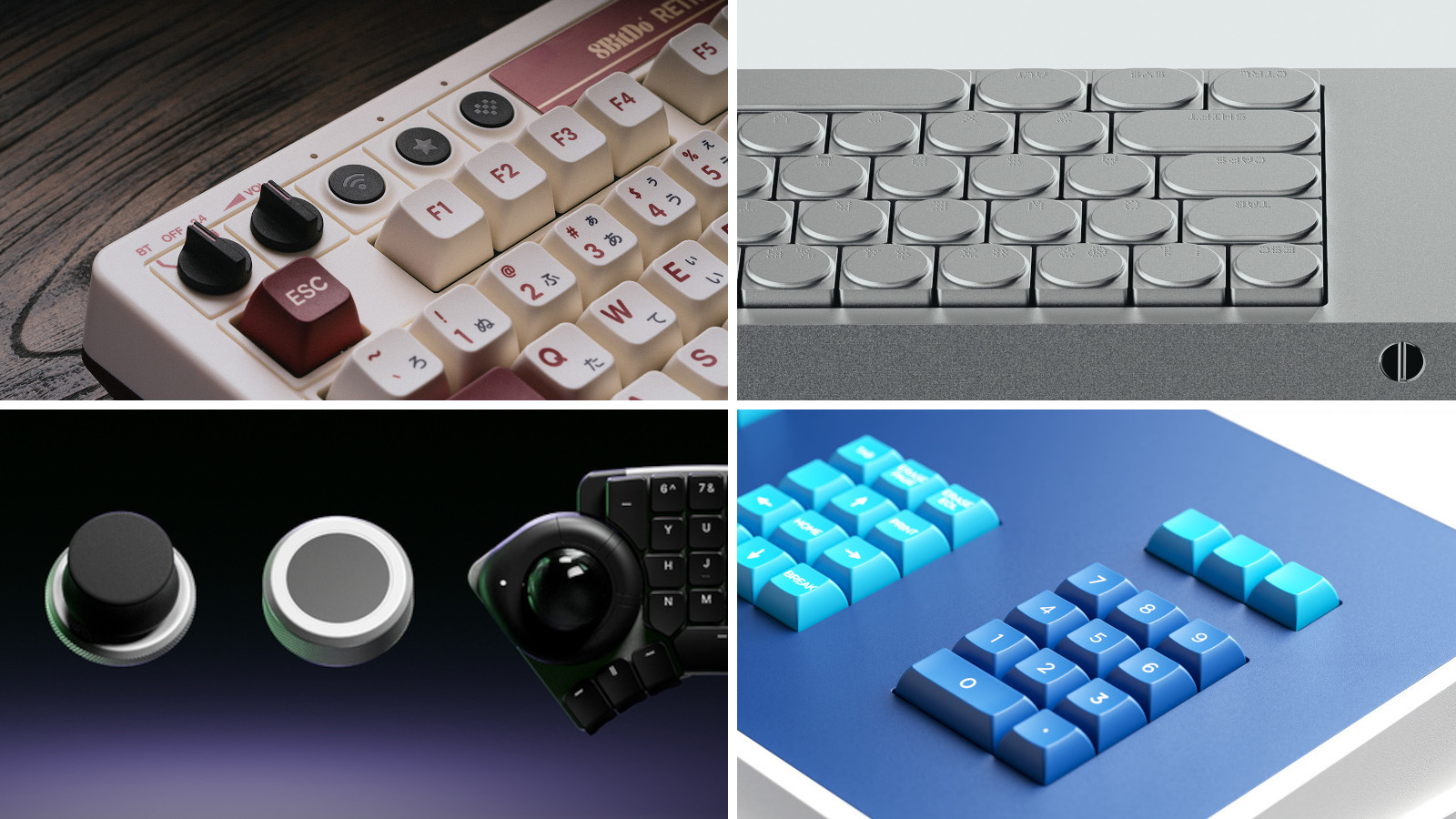 Four new keyboards are fresh and functional desktop companions
Four new keyboards are fresh and functional desktop companionsMechanical keyboards are all the rage, bringing with them new ways of personalising your desktop. We’ve found four devices that hark back to the early days of computing
-
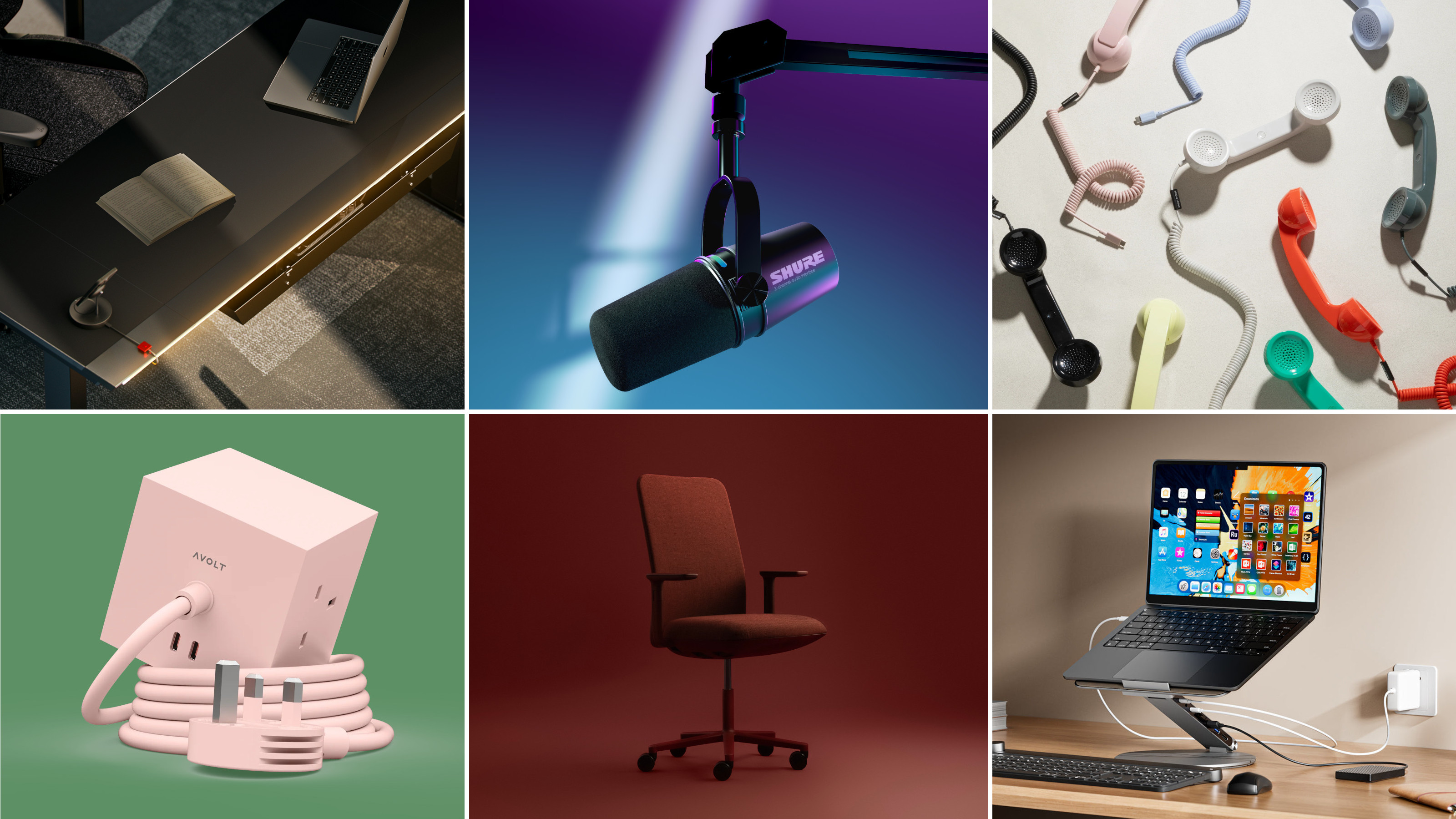 Hunker down in a perfectly equipped work-from-home hub this winter
Hunker down in a perfectly equipped work-from-home hub this winterIf your WFH set-up needs an upgrade, or if you need to kit out a new small business from scratch, we’ve got you covered
-
 New Leica Q3 Monochrom camera sees the world in black and white
New Leica Q3 Monochrom camera sees the world in black and whiteDefined by its crisp 60MP monochrome sensor, the Leica Q3 Monochrom is a camera designed for those who want to focus only on light, shadow and form
-
 Apple Watch Ultra 3 has innovation at its heart – a 3D-printed titanium case
Apple Watch Ultra 3 has innovation at its heart – a 3D-printed titanium caseWe delve into Apple’s pioneering use of 3D-printed metal, and how it ties in with the company’s path to carbon neutrality